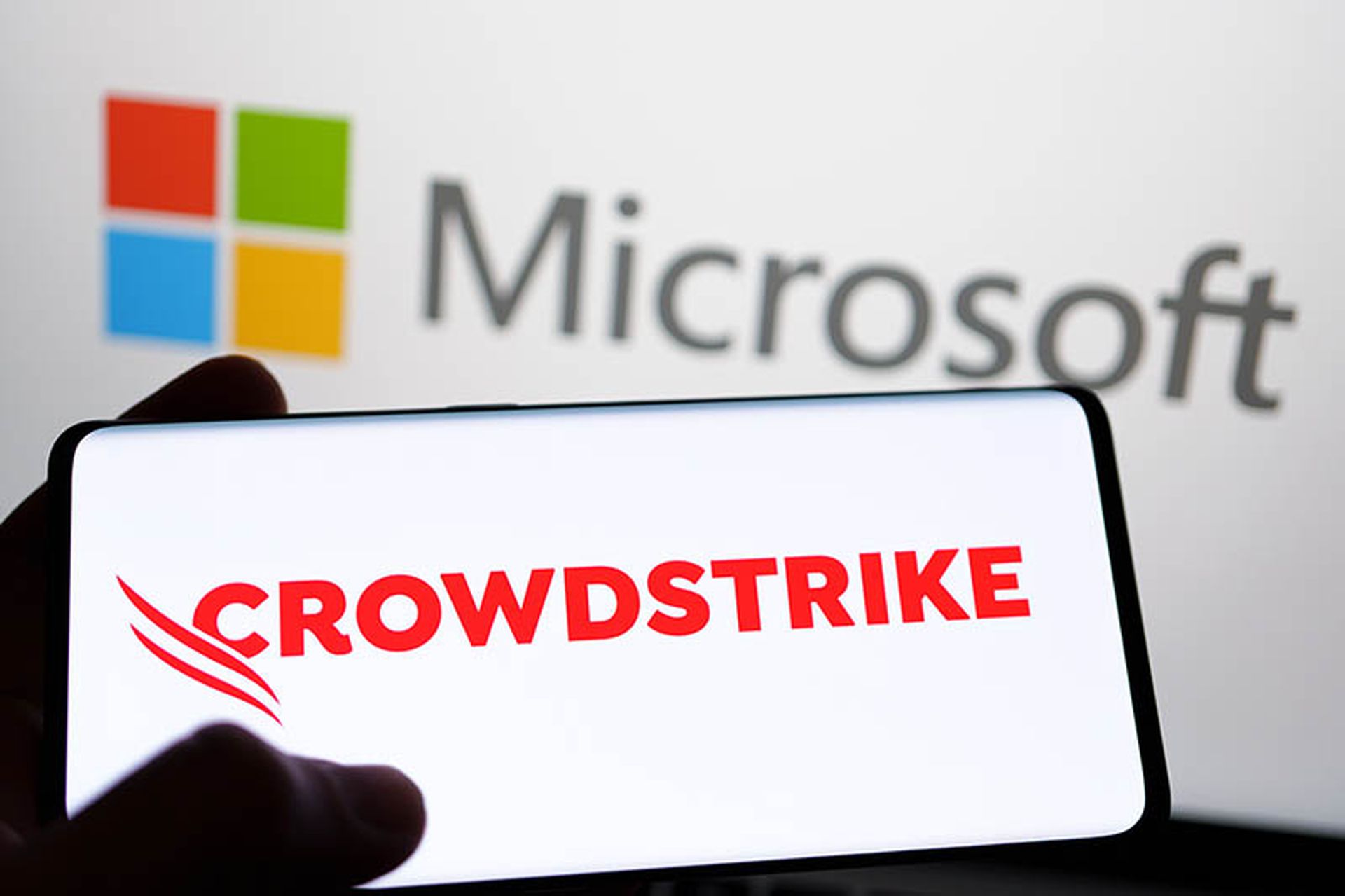Zscaler, a cloud security company, has acquired active defense and deception technology provider Smokescreen Technologies. The transaction is expected to close in July 2021.
This is technology M&A deal number 287 that MSSP Alert and sister site ChannelE2E have covered so far in 2021. See all technology M&A deals for 2021 and 2020 listed here.
Smokescreen will provide threat intelligence and telemetry to help Zscaler's team hunt for emerging adversary tactics and techniques, the companies said. It also will integrate its active defense and deception technology into Zscaler's Zero Trust Exchange cloud security platform.
A Closer Look at Smokescreen
Smokescreen enables organizations to launch deception campaigns using ready-made decoys, the company said. In doing so, Smokescreen helps organizations detect threats before they cause long-lasting damage.
Furthermore, Smokescreen provides an alert any time a decoy identifies a cyber threat, the company said. It also offers automated forensics and root-cause analysis capabilities and out-of-the-box integrations with security information and event management (SIEM), security orchestration, automation and response (SOAR) and other security tools.
What Does the Smokescreen Acquisition Mean for Zscaler?
Smokescreen allows Zscaler customers to leverage its active defense and deception technology to speed up threat hunting and containment, Smokescreen CEO Sahir Hidayatullah. That way, the company can help these customers proactively guard against cyber threats.
Meanwhile, the global deception technology market was valued at $1.3 billion in 2020 and could be worth $2.8 billion by 2026, according to industry analyst Mordor Intelligence. As such, Smokescreen could help Zscaler capitalize on this market's growth.
Organizations can use deception technology to generate traps or decoys that mimic legitimate tech assets across their infrastructure. When these traps or decoys detect cyber threats, they trigger alerts, enabling organizations to learn about these dangers and take steps to protect against them.




